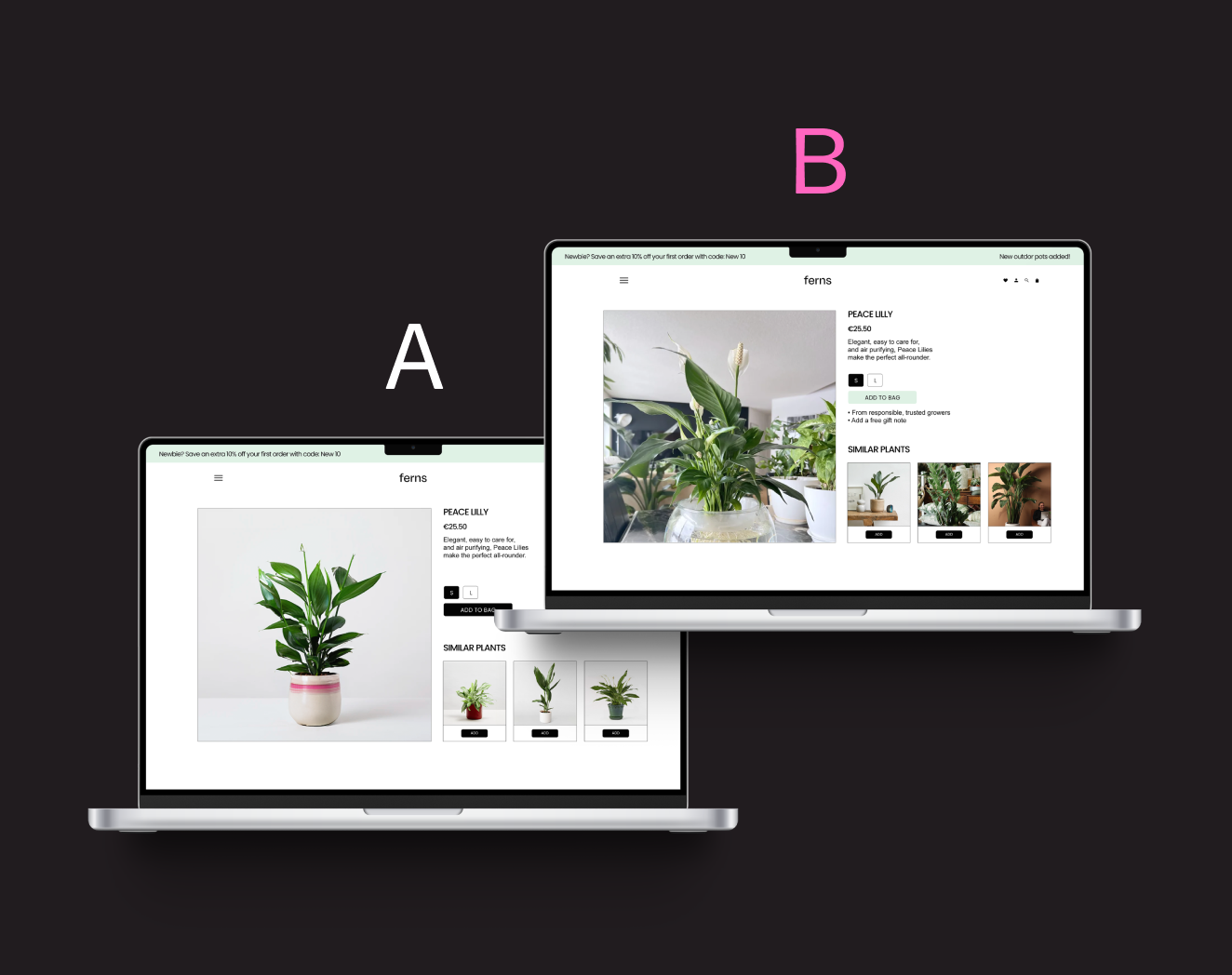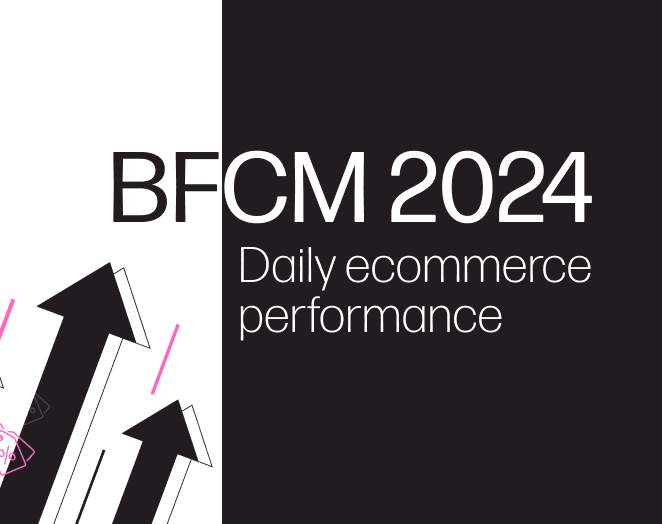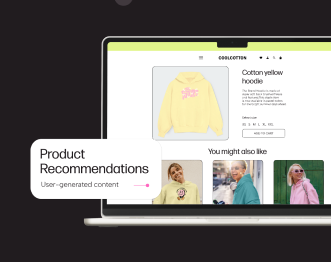Ecommerce Seasonality, Explained: The Right Ways to Stay Ahead of Seasonal Shopping Trends
The most clever ecommerce marketing strategies both account for and utilize seasonality to their advantage in the most subtle ways. In this article, we will discuss how brands can leverage seasonal shifts to stay in front of shoppers.
Making the most of ecommerce seasonality involves a lot more than just running a Christmas ecommerce sale or a steep discount during a sales heavy holiday. The most clever ecommerce marketing strategies both account for and utilize seasonality to their advantage in the most subtle ways. In this article, we will discuss how.
About Ecommerce Seasonality
Crucial to almost every marketing strategy is not only getting the most out of every holiday, but also out of every season. With the passing of various holidays and seasons, retailers experience great fluctuations in:
- Webshop traffic
- Purchase intent
- Customer interests
- Advertisement costs
Accounting for ecommerce seasonality is but one part of customer centricity. By making your marketing efforts as relevant as possible to your potential customers based on the season or holiday, you’ll ensure their ecommerce experience corresponds to their wants and needs of the moment.
Sales holidays to remember
Of course, when talking about seasonality, there are a few big ones to consider when planning out your holiday marketing strategy, including:
- New Years Eve/Day
- Chinese New Year
- Valentine’s Day
- Mothers Day
- Easter
- Pets Day (fine, this might not be as official as the others, but we love any excuse to celebrate furry friends)
- Fathers Day
- Black Friday
- Christmas
To really understand the impact of ecommerce seasonality on growth – on key holidays and time of year – let’s look at some strategies to make the most of it across the online experience.
Geological Segmentation
Location is always an important factor to consider, not just because different countries or regions may have different holidays, but because often times even within a country the climate may starkly vary.
For example, a New England shopper in November is probably looking for completely different apparel compared to a Southern California shopper still enjoying the sunshine of a late Fall. So a smart clothing retailer might use geo-location targeting to promote winter jackets to the New Englander and light jackets to the Californian.
Another pertinent example of the crossroads between geolocation and seasonality is Germany. German states celebrate different holidays and sometimes the same holidays at different times of the year. An adult beverages retailer might utilize geolocation-based segmentation to promote beer in Bavaria before Octoberfest. Or a costume retailer might use geolocational segmentation to send out a special online sale email to customers in Cologne before the famous Karneval festivities; while not spamming customers living in Berlin who don’t celebrate Karneval.
Yet another powerful use case for combining segmentation and seasonality is sports teams. An example for sports enthusiasts: if the NFL season is about to start, a sports retailer would be wise to Nosto’s Segmentation & Insights and Content Personalization to promote local NFL teams in their respective markets with localized banners and recommendations.
UTM-Tagging
Nothing puts a customer in the holiday spirit quite like an immersive and consistent holiday season themed experience. Use UTM-Tagging in your holiday email and advertising campaigns in combination with Onsite Content Personalization to provide relevant holiday experiences to shoppers who interacted with those campaigns.
One use case would be a Valentine’s Day campaign for a jeweler. This hypothetical jeweler could send out a special email campaign to men with UTM-tagged links that lead to a customized website highlighting women’s necklaces and rings. A separate UTM-tagged email could go out to the jeweler’s women customers, leading to a customized Valentine’s Day website offering a special deal on men’s watches.
On- & Off-Season
The strategies for engaging customers should vary depending on if it is the off- or on-season.
During the on-season customers are much more likely to buy and to buy impulsively. So during this time, it may be prudent to consider the following strategies:
- Push customers over the edge using free shipping, limited time sales to create a sense of urgency, or other FOMO-inducing strategies.
- Simplify the buyer experience to increase conversion rates.
- Get customers in the holiday spirit with specialized banners and emails
- Lay the groundwork to get customers back into your shop after the season sales have ended with rewards programs that provide rewards during the off-season, similar to what Kohl’s does with Kohl’s Cash.
During the off-season customers tend to take more time in making purchases, especially if it’s for a larger ticket item. During this time:
- Make sure your product detail pages have all the info a shopper might want to make an informed decision for your product.
- Use UGC to provide social proof for your products and brand.
- Make the most of the cheaper advertising costs.
- Prepare your site, including SEO, for peak seasons.
Put These Ecommerce Seasonality Strategies to Work
In your mission to provide your customers with the most relevant experiences possible, seasonality can play a large role. Optimize your ecommerce marketing strategies by:
- Planning out major holidays, seasons, etc. in advance.
- Exploiting off-seasons by preparing your website (SEO, fuller PDPs) and making use of the cheaper advertising costs.
- Simplifying the buying process, especially during on-seasons.
- Incentivizing impulse buying through limited-time deals, free shipping, etc, especially during on-seasons.
Curious to learn how these and other tactics can be used to fuel your commerce experiences? Request a demo with us and we’ll help you find solutions that are aligned with your business goals.




